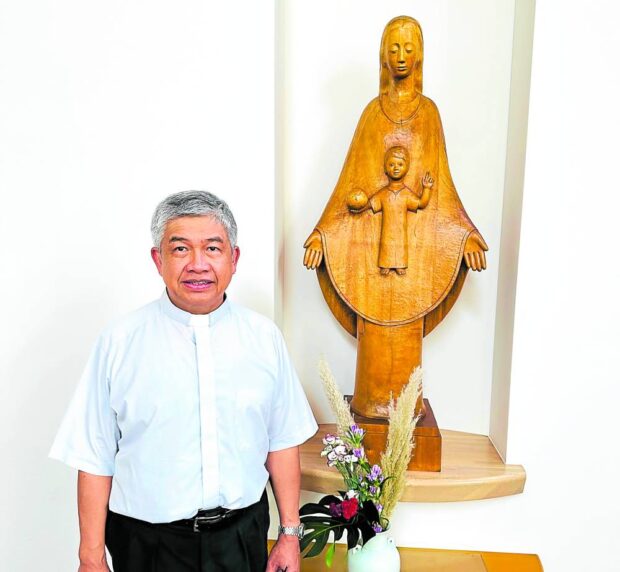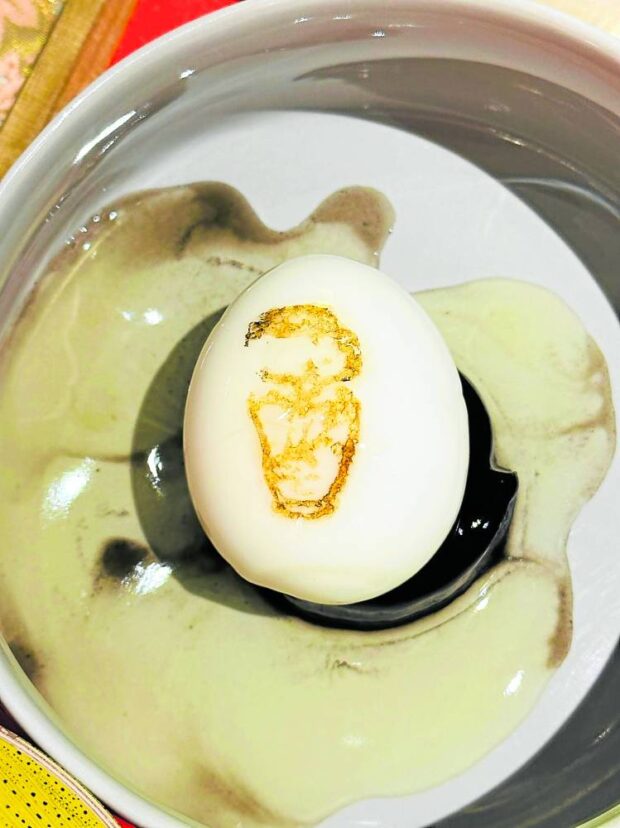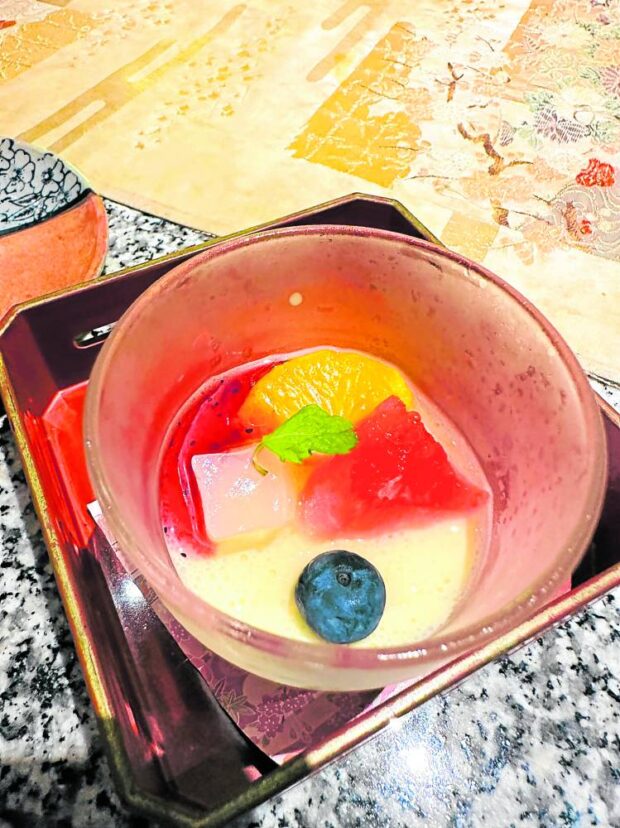Hello, foodies! Must-try in Sendai

‘KABAYAN’ Bishop Edgar Gacutan of the Diocese of Sendai, the first Filipino to become a bishop in Japan.
I am so proud to share that the bishop of the Diocese of Sendai in Japan is a Filipino!
He is Bishop Edgar Gacutan, who hails from Cagayan. He is a Filipino missionary priest.
He went to Japan way back in 1990, transferring as a seminary student. He was ordained priest for the Congregatio Immaculati Cordis Mariae (CICM) in 1994. He served as assistant pastor at Kongo Church, Osaka, from 1994 to 1997, and was part of the team ministry in Osaka for six years until 2003.
In 2004, he was appointed superior of the Japanese CICM Province. He later became parish priest of Matsubara Catholic Church in Setagaya Ward, Tokyo. On Dec. 8, 2021, Pope Francis appointed him as bishop at the Japanese diocese of Sendai, the first Filipino to become a bishop of Japan.
I was in Japan recently for an economic briefing for investors hosted by the Japan International Cooperation Agency. Thanks to the super fast bullet train Shinkansen that shortens the travel time from Tokyo to Sendai from seven hours to one hour, I was able to visit Bishop Gacutan for a quick lunch before the afternoon Philippines-Japan High-Level Joint Committee Meeting on Infrastructure Development and Economic Cooperation.
Article continues after this advertisement
ALL YUMMY Delicacies of Sendai —Margaux Salcedo
Article continues after this advertisement
Sendai is in the Miyagi Prefecture. If you are able to make a side trip to this lovely city, the first thing you must-try is zunda. This is traditionally a snack made by boiling peeled edamame, which is then crushed and seasoned with salt and sugar. It tastes a bit sweet and bears a slightly chunky mouthfeel, wrapped around mochi and known as zunda mochi. But there is now also a popular zunda drink, which can be found at Zunda Saryo, located on the second floor of JR Sendai Station.
The origins of zunda have been traced back to Japan’s Sengoku period, around the 15th to the 17th century. Legend has it that Date Masamune, founder of Sendai, crushed edamame with the handle of his jintachi (a type of Japanese sword) and served it with mochi.
Another must-try is gyutan or Sendai’s version of lengua (beef tongue), except that it is grilled and thinly sliced. So it is not very soft like the lengua we know, but almost like pork barbecue. It is also served as a beef stew.
The history of gyutan dates back to World War II, when the owner of a yakitori restaurant in Ichibancho, Sendai City, developed a beef tongue dish seasoned with salt and pepper. Today, restaurants in Sendai specialize in serving gyutan in a wide variety of styles, including versions with miso flavors. For first-timers, it is recommended to try a set menu, including rice cooked with barley, asazuke or lightly pickled vegetables and oxtail soup.
For fish lovers, try the sasa-kamaboko or bamboo-leaf-shaped fish cake. This is one of the local specialties of Miyagi, named after the bamboo leaf design in the family crest of the Date clan who ruled the Sendai domain. People of the region made white meat fish paste into small patties using their hands and then grilled them. This can also be purchased as a souvenir at the Sendai station.
For vegans, try the aburaage or deep-fried tofu. This is found near the Jogi Nyorai Saiho-ji Temple, where they still make the aburaage traditionally, using soybeans and natural nigari salt solution. It has a crispy edge and is juicy inside. It is recommended that this be appreciated with garlic shichimi (a blend of seven spices) and soy sauce poured on top, hot from the fryer.
A very unique delicacy that I was just told about but was not able to try is called sea squirt or sea pineapples. But these are available from July to August. These may be eaten raw and appreciated for their strong “oceany” flavor, but they may also be served grilled, deep-fried, dried, salted or smoked.
These are just some of the known delicacies from Sendai. But of course, everything is delicious in Japan! I’m just grateful I was able to visit our bishop and have a taste of Sendai! Domo Arigato, Bishop Gacutan and Sendai!
